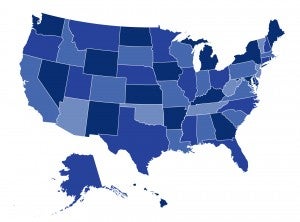States Lean In as the Federal Government Cuts Back: Navigator and Advertising Funding for the ACA’s Sixth Open Enrollment

With open enrollment into the Affordable Care Act marketplaces beginning November 1st, there will be considerable divergence among states in the amount of information and personalized assistance consumers receive about coverage options. While the federally run marketplace has dramatically cut back its investments in both advertising and the Navigator program, the state-based marketplaces are making big investments in those activities. In their latest To The Point blog for the Commonwealth Fund, CHIR’s Sabrina Corlette and Rachel Schwab discuss the findings from a new survey of state-based marketplaces.


